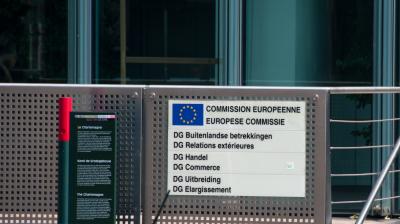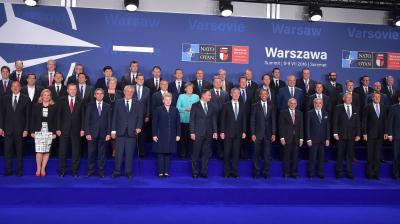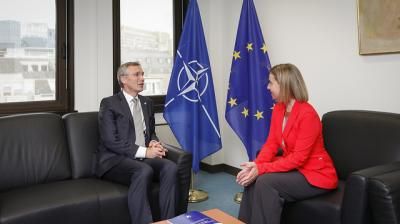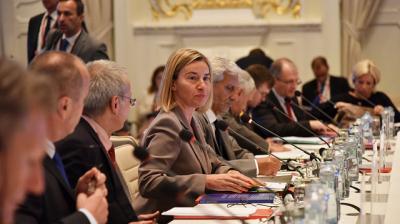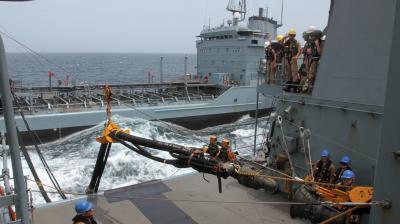After the EU global strategy-Consulting the experts
Security and Defence
Following the publication of the EU Global Strategy on Foreign and Security Policy (EUGS), attention now turns to implementing the strategy in five key priority areas: strengthening security and defence; investing in state and societal resilience; developing an integrated approach to conflicts and crises; promoting and supporting regional orders; and reinforcing global governance. It is now time to move from a shared vision towards common action. This is certainly the case where efforts to strengthen security and defence are concerned.
In order to ensure that the EU becomes more credible in security and defence, a specific Security and Defence Implementation Plan (SDIP) will focus on the EU’s ability – primarily through its Common Security and Defence Policy (CSDP) – to respond to external conflicts and crises, build the capacities of partners affected by fragility and instability, and protect Europe. The task ahead is to define a shared level of ambition on security and defence and to identify actionable proposals for the future.
In tandem with the European Commission’s forthcoming European Defence Action Plan, and hand-in-hand with the EU-NATO Joint Declaration, the implementation plan on security and defence will set capability development priorities for the EU. It will foster deeper defence cooperation and adjust structures, tools and instruments accordingly. The plan will also draw on the full potential of the Treaty and actively advance CSDP partnerships.
On 17 October 2016, the EUISS organised an expert-workshop on the implementation plan. Based on the outcome of this workshop, the EUISS invited the contributing experts, among whom Margriet Drent and Dick Zandee, to write a short memo on their preferred level of ambition and priority areas for EU security and defence. The experts were asked to contribute thoughts on readiness, capabilities, the chain of command, financial incentives, defence cooperation and the ‘protecting Europe’ concept. These same analysts were also asked to think about how best to communicate the EU’s endeavours in security and defence. This volume brings all contributions together, highlighting the challenges ahead and exploring new possibilities.




